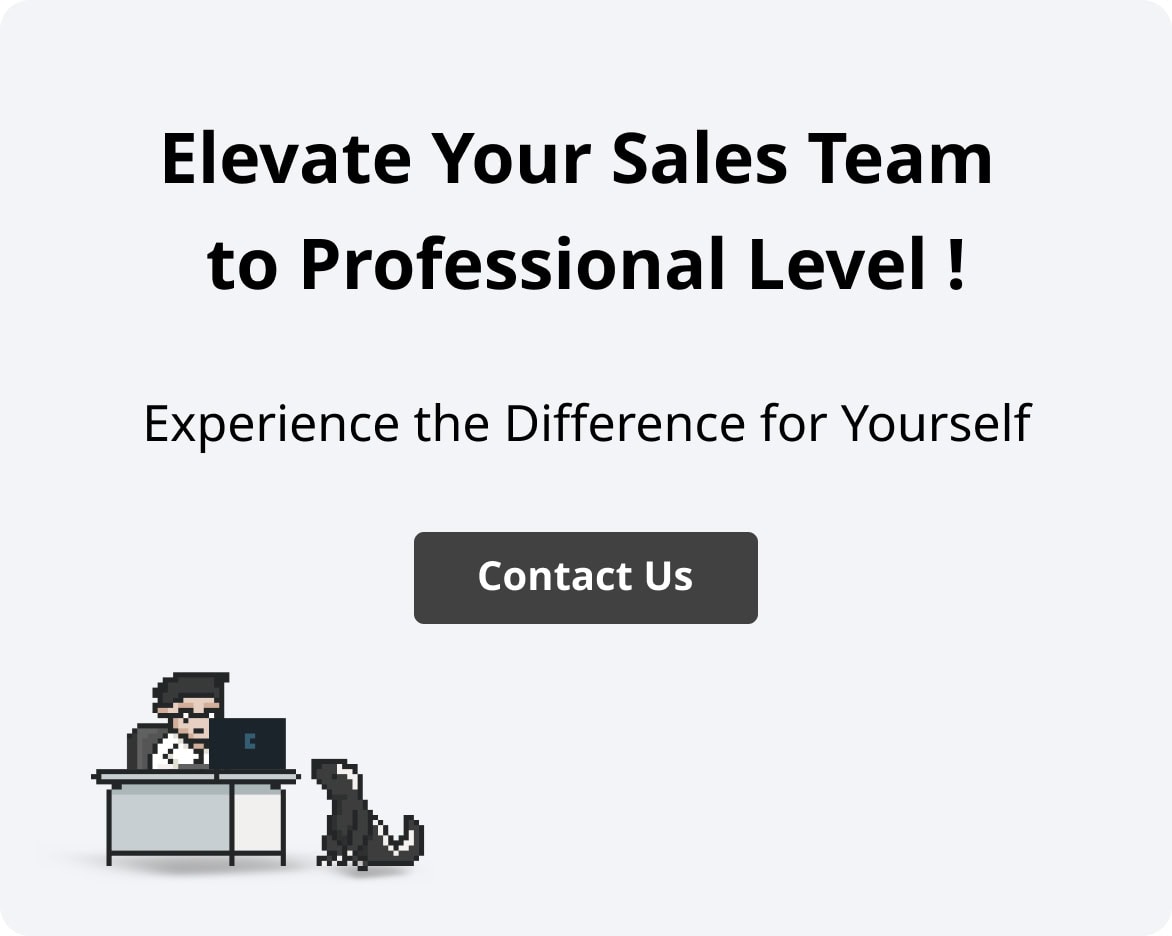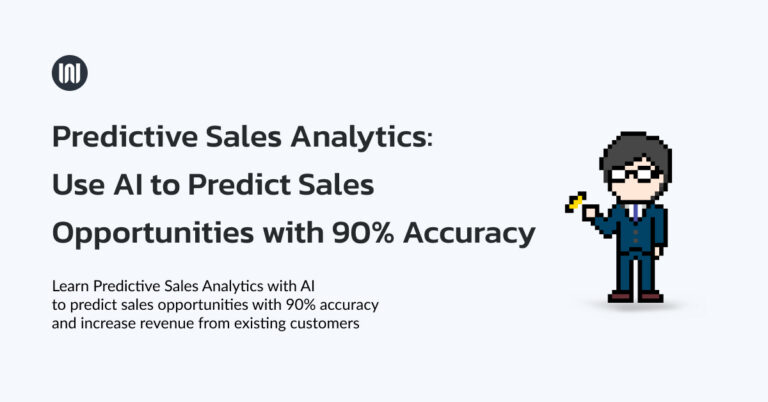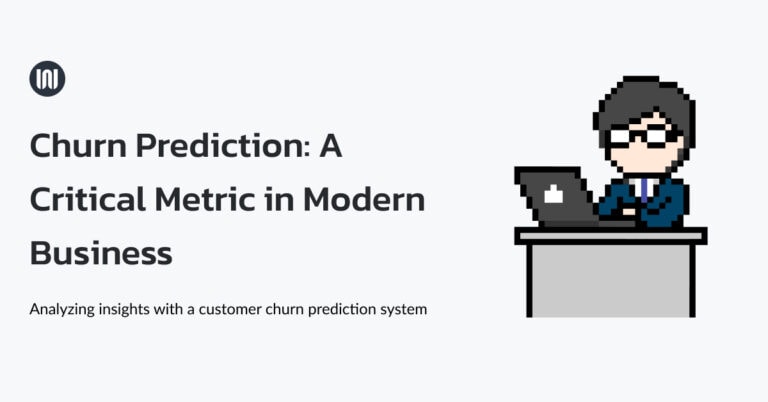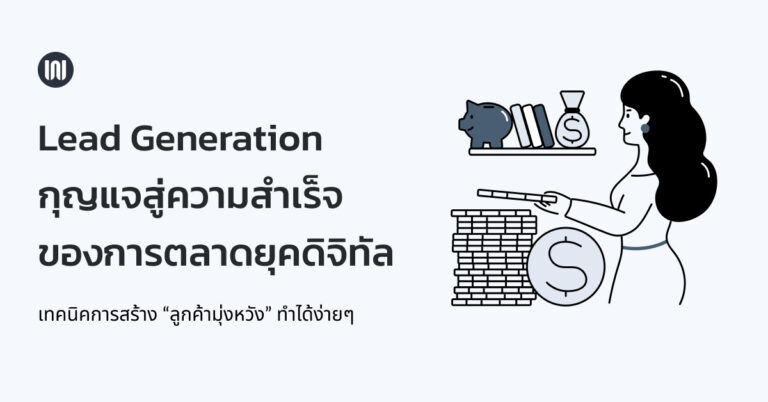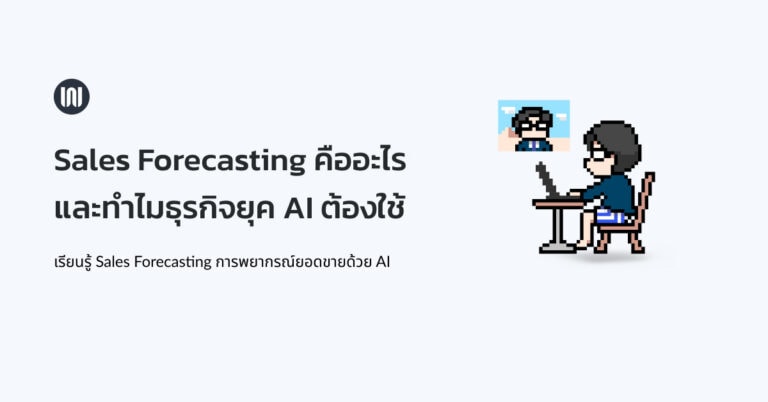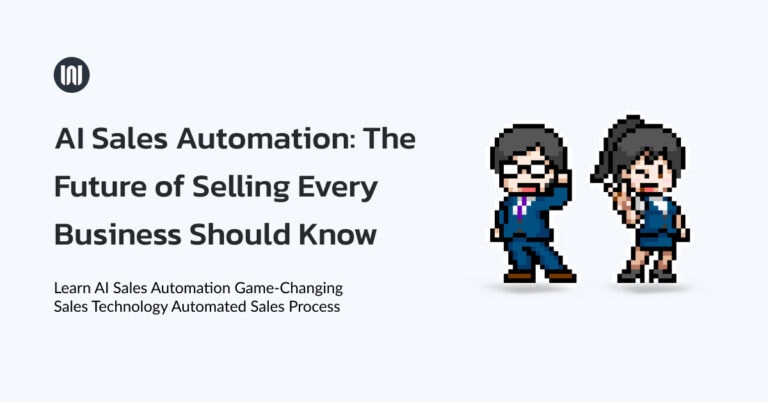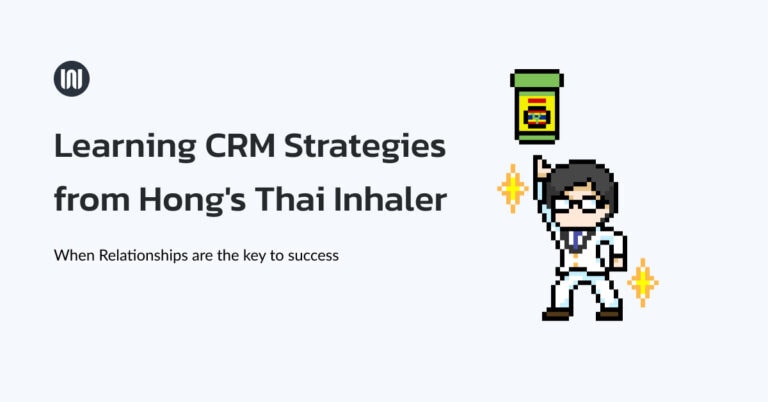Revenue Automation AI vs Traditional CRM: Why Businesses Need to Upgrade

Riki Kimura
Digital Marketing Executive at Wisible
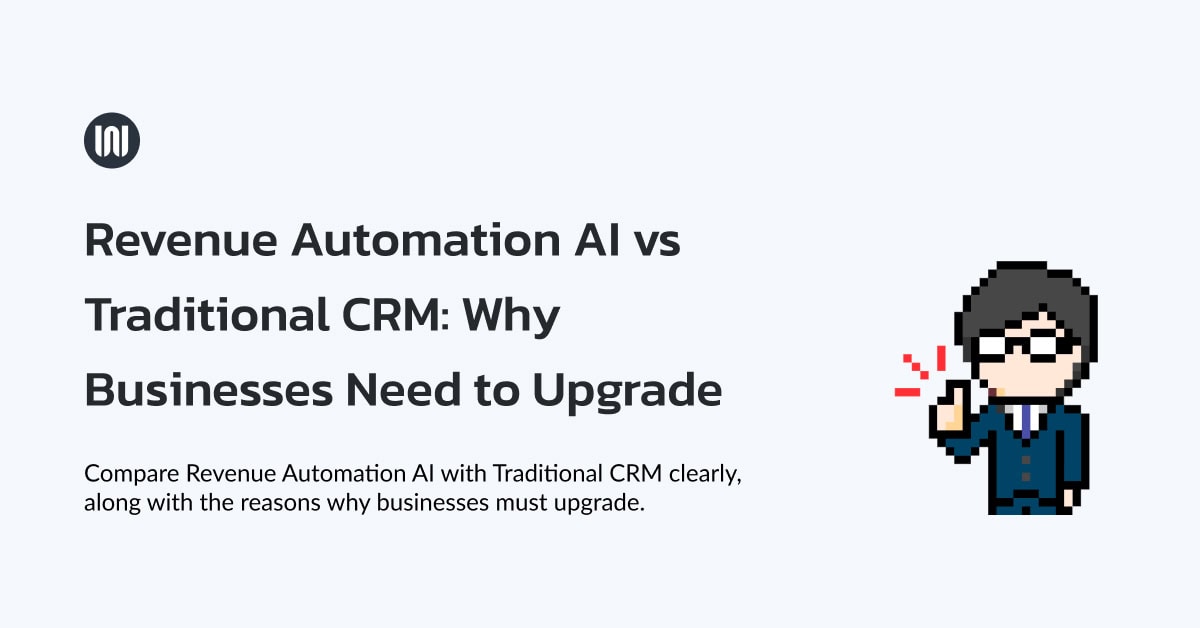
While many business owners are still stuck with traditional CRMs that merely “track customers,” competitors are already using Revenue Automation AI to increase revenue from existing customers by 15% automatically—without hiring additional salespeople.
Today, we will dive into the differences between automated revenue management and traditional CRMs, and why Thai businesses that continue to rely on outdated systems will gradually lose customers to competitors without even realizing it.
Traditional CRM vs. Revenue Automation: It’s Not Just Technology, It’s Strategy
Many people mistakenly think that revenue automation and CRM automation are just different names for the same thing. In reality, they are worlds apart—like the difference between a calculator and a computer.
Traditional CRM is like a “Telescope.”
It allows you to see customers from afar, record events that have already happened, and analyze the past—but it can’t do much to shape the future.
Revenue Automation AI is like a “Special Forces Unit.”
It doesn’t just observe—it predicts, plans, and executes automatically 24/7, all with a single goal: to increase revenue.
I’ve met many business owners who are proud of their big CRM systems and often say, “We have complete customer data.”
But when I ask, “So, has your revenue increased?”—the room goes silent.
Why Traditional CRM Automation Is Not Enough
The reason traditional CRM automation disappoints many Thai businesses is because it was designed to “manage data”—not “generate revenue.”
1. The Problem of Manual Data Entry
Salespeople hate entering data into the system. Some even say, “70% of my time is selling, 30% is entering data.” As a result, data often becomes outdated—or is filled in just enough to tick a box.
2. No Predictive Intelligence
A typical CRM can only tell you “what the customer bought and when.” It cannot predict “when they will buy next.”
3. Lack of Real-Time Behavior Connection
CRM data isn’t connected to the customer’s real behaviors.
For example, a customer might visit your website more frequently to view products—but the sales team has no idea.
Revenue Optimization AI: When Thai Technology Leaps Ahead of the World
When people talk about CRM, many immediately think of Salesforce, HubSpot, or Zoho.
But what most don’t realize is that Thailand already has Revenue Automation AI—designed specifically for Thai businesses—and it’s far more advanced than many foreign systems.
Why Choose Revenue Automation: The Key Differentiator Competitors Can’t Match
| Comparison | Salesforce / HubSpot / Zoho | Wisible Revenue Automation AI |
|---|---|---|
| Focus | General CRM / Marketing Automation | Revenue Automation for subscription-based businesses |
| Auto created deals | Requires a manual workflow | System for creating deals from intent detection |
| AI-Predicted Repurchase | No built-in | AI predicts which customers will make repeat purchases |
| CDP Integration | Requires a separate CDP purchase | Built-in CDP (Customer Data Platform) that supports event and behavioral data |
| Language and Local context | Not fully supported | Interface, support, and workflows designed for Thai businesses |
| Ease of use | Complex; requires hiring an implementer | Easy onboarding; ready to use in a few days |
| Cost Structure | High cost + hidden fees | Simple SaaS pricing that’s easy to understand and measure ROI |
Revenue Automation AI = CRM + CDP + AI Agent
It combines everything you need to “lock in recurring revenue from existing customers” automatically
What AI Agents Can Do That Traditional CRMs Cannot
The heart of automated revenue tracking is having an AI Agent that works 24/7—tireless, forget-proof, and never missing an opportunity.
Predictor Agent – Forecasting the Future
Predicts repeat purchase opportunities with a confidence level that traditional CRMs cannot provide. “Customer ABC has an 87% chance of placing an order within 2 weeks.”
Demand Listener – The Revenue Ears
Automatically creates deals based on website, LINE, or ad behaviors that legacy systems can’t detect.
“Customer XYZ viewed Product A for the 5th time in 3 days → automatic deal created.”
Insights IQ – The Central Brain of Revenue
Provides real-time daily sales reports with actionable recommendations.
“Today, 12 customers are at risk of inactivity—recommend calling them within the day.”
Revenue Automation Benefits: End the Era of Manual Data Entry, Begin the Era of AI Doing the Work
The biggest problem with traditional CRMs is manual data entry, which salespeople hate the most. Revenue Automation AI eliminates this 100% by letting AI Agents handle all the tedious work.
What Salespeople Hate in Traditional CRMs:
- Entering customer data after every conversation
- Updating deal status every day
- Writing weekly reports for managers
- Following up with “potentially interested” customers
- Searching for old customer data before making follow-up calls
What AI Agents Do in the New System:
- Automatically update customer data from all interaction channels
- Create new deals when buying signals are detected
- Send daily reports to managers with actionable recommendations
- Alert sales reps about customers they should contact today
- Prepare customer history automatically before calls
The Result: Salespeople now spend 90% of their time selling and 10% on system tasks—a complete reversal of the old way!
MCP Technology: Ask AI Anything About Your Business in Real-Time
The latest innovation that sets AI Revenue Automation apart from all other systems is MCP (Model Context Protocol), which allows business owners to ask AI real-time questions about their business data.
Examples of questions you can ask AI in the system:
Sales-related:
- “Which customers should I follow up with today?”
- “Which deals are at risk of falling through?”
- “How much revenue can we expect this month?”
Strategy-related:
- “Which customers are likely to buy more?”
- “Which products should we promote next month?”
- “Which channel gives the best ROI?”
Imagine this: It’s 8 a.m., you’re sipping coffee, and you ask AI, “What’s urgent today?”
The system will instantly tell you which customers to follow up with, which opportunities not to miss, and your action plan for the day.
Revenue Automation vs. CRM: Real Battlefield Case
Measured Results After Switching from Traditional CRM:
Revenue Impact:
- +15% revenue from existing customers within 90 days
- 70% of repeat sales deals generated by AI
- 3× faster reorder cycles
- 30% reduction in revenue leakage
Efficiency Gains:
- 90% less time spent on data entry
- 5× faster customer data retrieval
- 24/7 opportunity tracking
- Real-time insights every morning
The key difference:
Instead of tracking customers, we predict and create opportunities.
Instead of recording the past, we plan for the future.
Why Businesses Must Upgrade Now
Some may think, “Our old system still works—why change?”
But the reality is, while you’re still thinking, competitors are quietly stealing your customers one by one.
Warning signs that it’s time to upgrade:
- Existing customers are buying less frequently—or have gone silent
- Sales reps say, “I don’t have time to follow up because I’m stuck with data entry”
- Business owners don’t know exactly where revenue is coming from
- Decision-making depends on waiting for sales team reports
- Customers start buying from competitors without clear reasons
Benefits of Upgrading to Revenue Automation:
- Revenue Security: No customer slips away unnoticed
- Predictive Growth: Know next month’s revenue in advance
- Sales Efficiency: Sales teams spend more time selling than doing admin
- Real-time Control: Business owners see the real situation every morning
- Competitive Edge: Stay ahead of competitors still using outdated systems
The Future of Revenue Is Automation, Not Manual Work
Revenue Automation is not just a technology upgrade—it’s a complete shift in business strategy:
from “waiting for customers to reach out” to “predicting and creating opportunities proactively.”
Businesses still stuck with traditional CRMs are like driving an old car on a highway full of electric vehicles.
You might eventually reach your destination—but slower, less efficiently, and inevitably behind your competitors.
The critical question isn’t “Should we upgrade?”
It’s “When will we upgrade—before competitors take all our customers?”
